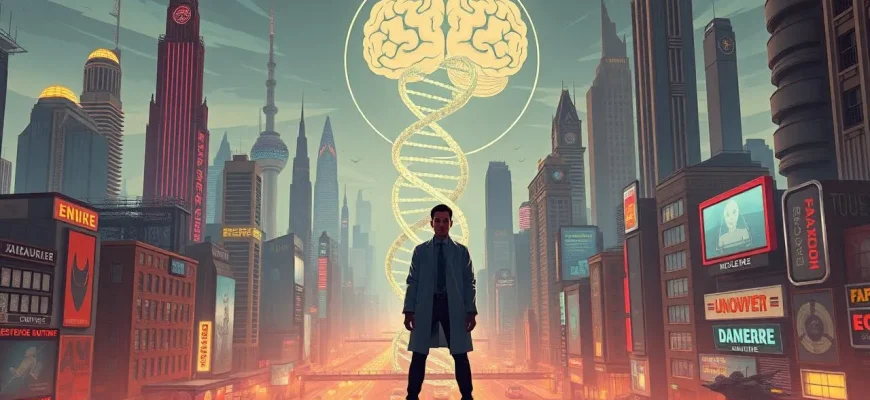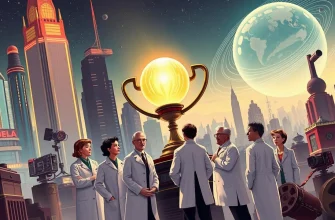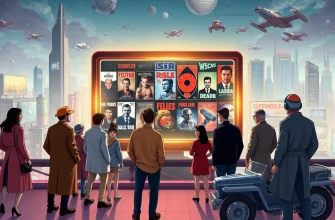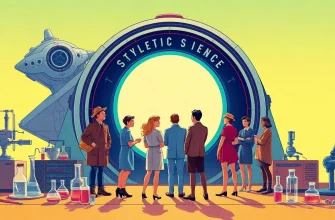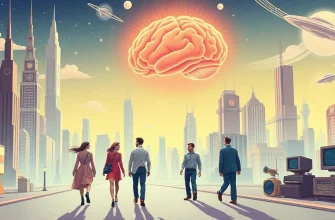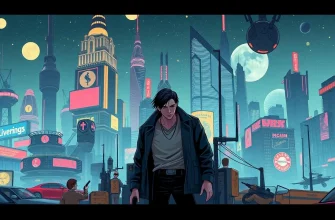Genetic engineering has long been a staple of science fiction, offering a thrilling lens through which to examine the potential and perils of manipulating life at its most fundamental level. This curated list of films not only entertains but also provokes thought about where we might be headed as a species. From dystopian futures to utopian dreams, these films explore the ethical dilemmas, societal impacts, and the very essence of what it means to be human in an age where genes can be edited like code.
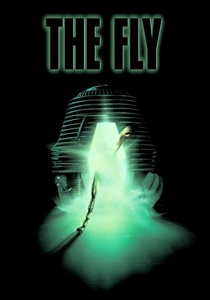
The Fly (1986)
Description: A scientist's teleportation experiment goes horribly wrong, splicing his DNA with that of a fly, leading to a grotesque transformation.
Fact: The film was a remake of the 1958 film of the same name. The transformation scenes were so realistic that they reportedly made some viewers physically ill.
 Watch Now
Watch Now

Jurassic Park (1993)
Description: A billionaire's dream of recreating dinosaurs through genetic engineering goes awry when the creatures escape, leading to chaos on an isolated island.
Fact: The film's groundbreaking use of CGI and animatronics set new standards for visual effects in cinema. The famous "Spielberg Oner" shot was a single, uninterrupted take that showcased the park's grandeur.
 Watch Now
Watch Now
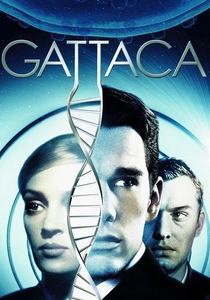
Gattaca (1997)
Description: In a world where genetic engineering determines one's social status, Vincent Freeman, a "natural" born, aspires to transcend his genetic limitations to reach the stars.
Fact: The film's title is based on the letters from the four nitrogenous bases of DNA: guanine, adenine, thymine, and cytosine. The film was shot in a minimalist style to reflect the sterile, controlled environment of the future.
 Watch Now
Watch Now
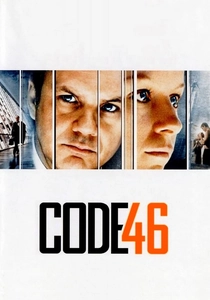
Code 46 (2003)
Description: In a future where genetic engineering is used to control population, a man falls in love with a woman whose genetic makeup makes their relationship illegal.
Fact: The film uses a mix of languages, including English, Spanish, and Arabic, to reflect a future where cultural boundaries have blurred. The title refers to a fictional law that prohibits genetic relatives from procreating.
 Watch Now
Watch Now

The Island (2005)
Description: In a seemingly utopian facility, clones are raised for organ harvesting, but one clone, Lincoln Six Echo, starts to question the reality of his existence.
Fact: The film was inspired by several sources, including the novel "Brave New World" and the film "Logan's Run." The production design was influenced by the architecture of the 1939 New York World's Fair.
 Watch Now
Watch Now

The Gene Generation (2007)
Description: In a future where DNA can be hacked, a DNA hacker and her sister must navigate a world where genetic manipulation is the key to survival.
Fact: The film explores themes of bioethics and the commodification of genetics, with a unique visual style that reflects the cyberpunk genre.
 Watch Now
Watch Now

Never Let Me Go (2010)
Description: Set in a dystopian world where clones are bred for organ donation, the film follows three friends as they come to terms with their predetermined fate.
Fact: The film is based on Kazuo Ishiguro's novel of the same name, which was inspired by the author's own experiences and reflections on human identity and mortality.
 Watch Now
Watch Now

The Hunger Games (2012)
Description: In a post-apocalyptic world, genetically engineered children are forced to fight to the death in an annual event controlled by the Capitol.
Fact: The film's setting was inspired by various dystopian works, including "Battle Royale" and "The Running Man." The arena was designed to change and evolve, reflecting the Capitol's control over nature and genetics.
 Watch Now
Watch Now
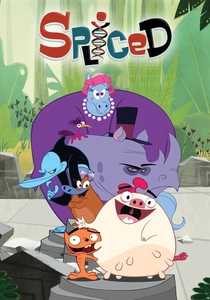
Splice (2009)
Description: Two genetic engineers create a human-animal hybrid, leading to unforeseen consequences as their creation begins to grow and evolve in unexpected ways.
Fact: The creature, Dren, was designed with a mix of human and animal features, requiring extensive CGI and practical effects. The film's ending was controversial, leading to discussions about the ethics of genetic manipulation.
 Watch Now
Watch Now
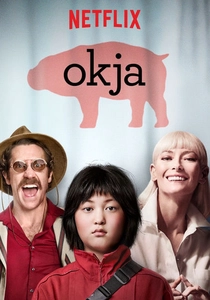
Okja (2017)
Description: A young girl embarks on a quest to save her genetically modified "super pig" from a multinational corporation with sinister intentions.
Fact: The film was shot in South Korea, Canada, and the United States. The creature Okja was created using a combination of CGI and animatronics.
 30 Days Free
30 Days Free

